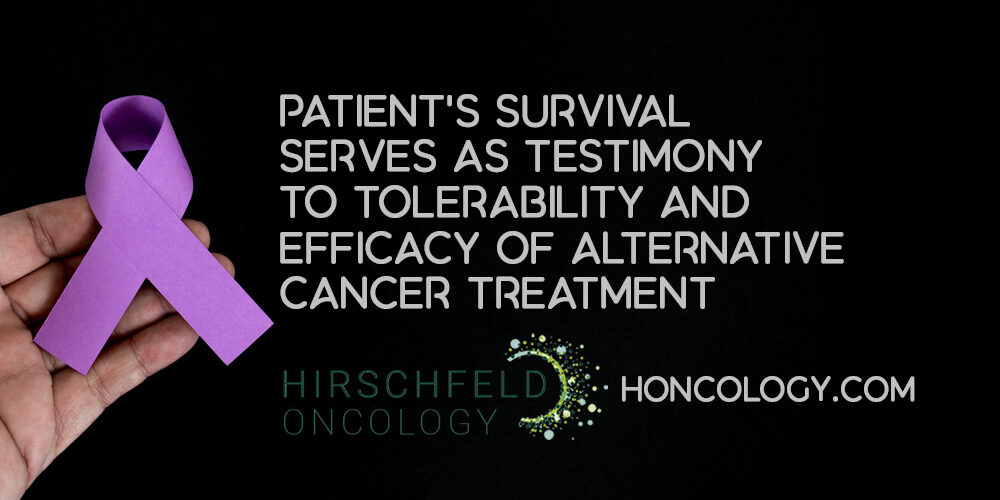Introduction to Patient-Centered Care in Oncology
The Importance of Patient Experience in Cancer Treatment
Cancer treatment has advanced markedly, improving survival, but the journey involves more than just managing the disease. The patient's experience plays a critical role in their overall well-being, impacting adherence to treatment and quality of life. Patient-centered care focuses on addressing the unique needs, preferences, and emotions of each individual throughout their cancer journey.
Impact of Patient-Centered Care on Outcomes
Evidence shows that involving patients actively in their care improves outcomes such as symptom management, communication, and satisfaction. Open, effective communication fosters trust, reduces stress, and enhances understanding of treatment options. Patient-reported outcomes help tailor care and can even contribute to better clinical outcomes, including fewer emergency visits and potentially longer survival.
Overview of Challenges in Cancer Care Experience
Cancer care often involves complex coordination among various health professionals, which can create confusion and delays. Patients frequently face emotional distress, symptoms that persist beyond treatment, and underreported concerns. Additionally, issues like limited access to timely information, fragmented communication, and unmet psychosocial needs pose challenges. Addressing these hurdles requires thoughtful integration of patient-centered practices, ensuring support is comprehensive and responsive at every stage.
Understanding the Patient Journey in Cancer Care
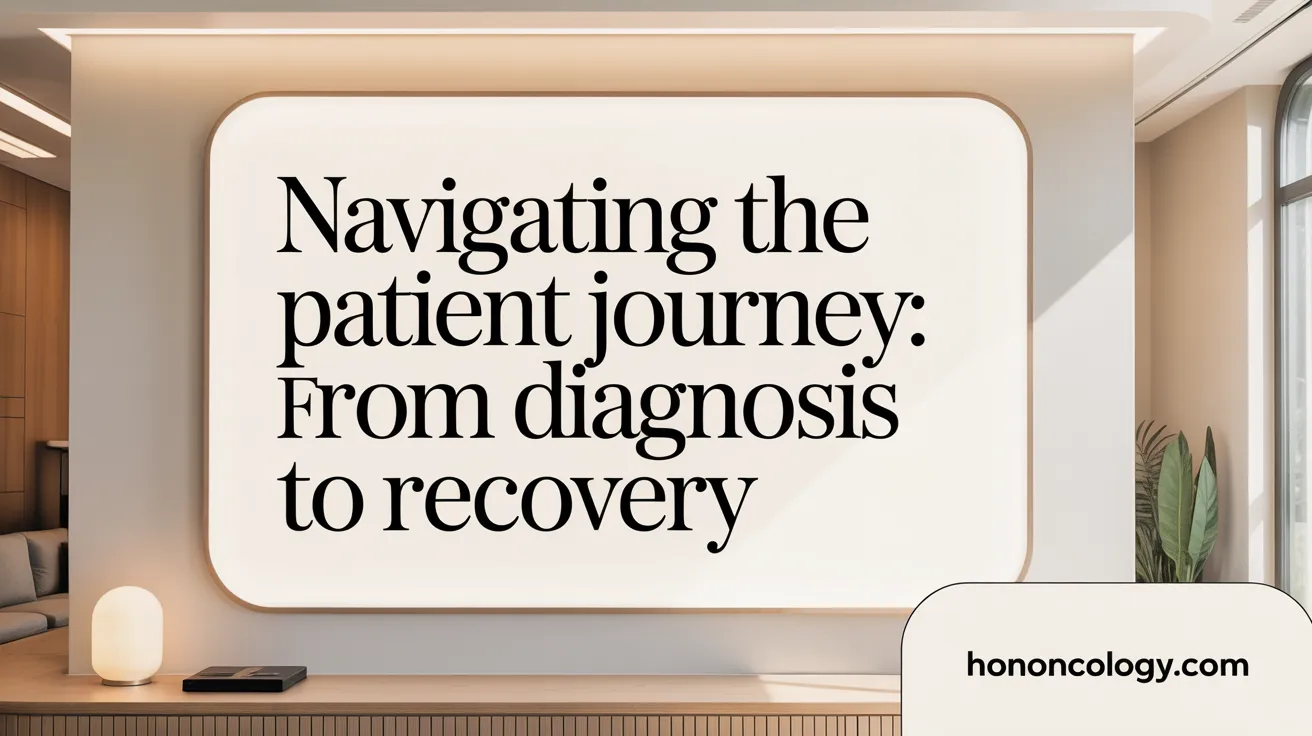
Emotional and Informational Challenges During Diagnosis
Receiving a cancer diagnosis can be an intensely emotional experience for patients. Anxiety and confusion often arise, especially when patients encounter incidental findings or wait through long diagnostic processes. The overwhelming nature of the consultation to announce the diagnosis may leave patients feeling vulnerable and unsure about next steps. Accessibility to clear, timely information and guidance is crucial to ease distress. Cancer centers that provide immediately available, easy-to-understand resources—including pamphlets, websites, and contact lists—help mitigate these challenges (communication between physicians and cancer patients, diagnostic phase of cancer treatment).
Patient Navigation Through Complex Treatment Pathways
Cancer care involves multiple specialists and a variety of treatment modalities, creating complex pathways that patients must navigate. Often, patients find themselves coordinating appointments and communication among providers, which can increase psychological stress and delay treatment progress. Use of tools like personal health records and support from patient navigators can empower patients to manage their care more effectively. Moreover, comprehensive programs that integrate clinical support, financial counseling, and emotional assistance can simplify the journey and improve overall experience (Effective cancer care coordination, patient engagement in cancer care).
Role of Communication in Reducing Stress and Improving Adherence
Effective, open communication between patients and healthcare providers significantly reduces stress and enhances adherence to treatment plans. When patients receive the right information at the right time through various channels—such as verbal discussions, written materials, or digital platforms—they report greater understanding and satisfaction. Trust-building through clear explanations, addressing emotional needs, and encouraging questions fosters shared decision-making. Implementing communication frameworks and involving patient advocates further improve patient engagement, ultimately leading to better treatment outcomes and quality of life (effective patient-provider communication, Patient-Centered Communication in Cancer Care, Improving patient experience).
The Role of Patient-Reported Outcomes (PROs) in Cancer Treatment
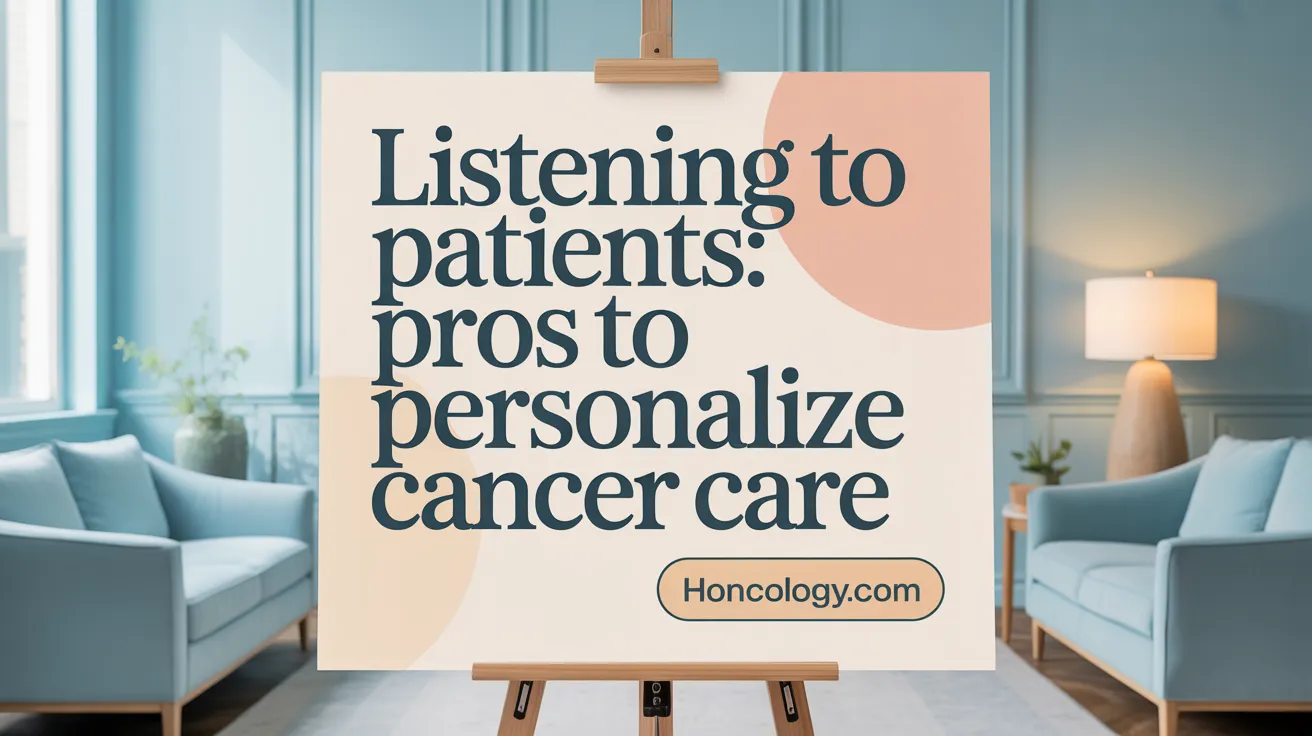
What are Patient-Reported Outcomes (PROs) and why are they significant?
Patient-Reported Outcomes are reports coming directly from patients about their symptoms, functioning, and overall quality of life during cancer treatment. Unlike clinician observations, PROs reflect the patient's personal experience of illness and side effects, providing critical insights into symptom burden that often persists beyond treatment. This patient-centered data is essential because it addresses aspects of care that traditional clinical measures might miss, thus directly influencing quality of life and treatment satisfaction (Improving Cancer Care, Symptom Burden in Cancer).
How are PROs collected electronically and integrated into care?
Advances in technology allow systematic electronic collection of PROs through digital questionnaires delivered at planned intervals during the care continuum. These electronic PRO systems are designed for easy patient access and immediate data capture. Integration into electronic health records (EHRs) enables clinicians to view real-time patient feedback during clinical encounters, allowing symptoms to be monitored accurately and promptly. This seamless integration helps tailor symptom management, enhances communication, and validates the patient’s experience (Electronic PRO Measurement Systems, Integrating PROs into EHR.
What is the impact of PROs on symptom management and clinical decision-making?
Utilizing PROs has been shown to significantly improve symptom detection and documentation. Studies reveal that clinicians often underestimate symptom severity, but PRO data bridges this gap, reducing symptom distress. Electronic monitoring has demonstrated reductions in emergency visits and hospitalizations, as well as improvements in overall quality of life for cancer patients. Furthermore, PROs aid in identifying patients at risk of nonadherence and adverse events, informing clinical decisions such as predicting recovery trajectories and personalizing treatment plans. Aggregated PRO data can also drive quality improvement efforts and support benchmarking across cancer care programs, elevating overall care standards (Symptom Management in Cancer Care, Benefits of Electronic PRO Collection, Clinical Decision-Making with PRO Data, Quality Improvement in Cancer Care.
Innovative Facility Design for Enhancing Patient Comfort

How does the physical environment influence patient well-being in cancer care?
Creating a patient-friendly physical environment is vital for reducing stress and promoting healing during cancer treatment. Elements like ambient temperature, controlled lighting, and sound insulation can directly impact a patient's emotional comfort and well-being. Designing infusion centers with attention to these factors helps create a soothing atmosphere that eases anxiety and increases patient satisfaction. For more on Patient-Centered Cancer Treatment Planning and Enhancing Cancer Care with Patient-Centered Infusion Center Design.
What role do privacy, lighting, and sensory considerations play in treatment spaces?
Privacy is essential in cancer care settings to foster dignity and comfort. Measures such as sound insulation and visual barriers ensure that patients can receive treatment with minimal disturbances. Additionally, adjustable lighting allows patients to regulate their surroundings according to their preferences, further enhancing comfort. Incorporating natural light through windows and access to outdoor views or healing gardens creates a calming sensory experience, reducing fatigue and stress. These aspects are critical elements highlighted in Patient-Centered Infusion Center Design.
How are supportive amenities and healing spaces incorporated?
Modern cancer infusion centers integrate supportive services to address patients' holistic needs. Amenities like nutrition services, access to dietitians and psychologists provide emotional and physical support. Facilities also often include healing gardens and art or music therapy programs to promote relaxation and mental health. Having centralized services such as pharmacies and patient support areas on-site reduces travel burdens. Engaging staff, patients, and community members in the design process ensures that treatment environments truly respond to patient needs, fostering a welcoming, efficient, and healing space. See Designing a Better Patient Experience in Oncology and Enhancing Cancer Care with Patient-Centered Infusion Center Design.
| Aspect | Design Considerations | Patient Benefit |
|---|---|---|
| Physical Environment | Temperature control, lighting, sound | Reduced stress, improved well-being |
| Privacy | Soundproofing, visual barriers | Enhanced dignity and comfort |
| Sensory Elements | Natural light, gardens, art, and music | Calming influence, emotional support |
| Supportive Amenities | Dietitians, psychologists, pharmacies | Holistic care, convenience |
| Community Engagement | Involving stakeholders in design | Responsive and empathetic environments |
For further insights on Patient-Centered Cancer Care Standards and Strategies for Meeting Patient Expectations and Improving Patient Experience in Cancer Care.
Effective Communication Strategies to Support Patients

Use of frameworks like AIDET to improve communication
Effective communication is fundamental to supporting cancer patients during their care journey. One widely adopted method is the AIDET communication framework, which stands for Acknowledge, Introduce, Duration, Explanation, and Thank You. This approach helps healthcare providers establish rapport, provide clear explanations, and express gratitude, all of which reduce patient anxiety and build trust. Evidence shows that using AIDET can enhance patient compliance and improve perceptions of care quality.
Educating patients with accessible and tailored information
Providing cancer patients with timely and understandable information is essential. To embrace varied patient needs, educational materials should be accessible and tailored, including pamphlets, websites, videos, and clinician-led discussions that are suited to different literacy levels and preferences. Clear communication about diagnosis, treatment options, symptom management, and available resources empowers patients in decision-making and reduces confusion. Delivering information immediately after diagnosis and at key points in care improves emotional well-being, as emphasized in effective patient-provider communication.
Leveraging technology and nonverbal cues especially post-pandemic
The COVID-19 pandemic has changed communication dynamics in healthcare settings, often restricting in-person interactions and visitor presence. To overcome these barriers, providers use technology tools such as patient portals, telehealth, and electronic messaging to maintain engagement and keep patients informed. Additionally, nonverbal communication—like eye contact, gestures, and body language—plays a critical role in conveying empathy when facial expressions are obscured by masks. Coordinating virtual visits with family and providing thorough documentation after appointments help support patients’ emotional needs amid ongoing restrictions, which aligns with recommendations for managing patient emotional support.
These strategies collectively enhance communication, foster trust, and support patient-centered cancer care.
Engaging Patients as Active Participants in Their Care

How does patient engagement enhance safety and treatment in cancer care?
Patient engagement in cancer care is essential not only for improving the quality and safety of treatment but also for enhancing patient satisfaction. Active involvement includes tasks such as verifying identity before treatment and reminding healthcare providers about safety procedures like hand hygiene. These practices help prevent errors and contribute to a safer healthcare environment (patient engagement in cancer care, Patient engagement in cancer care.
Patients who feel empowered to participate actively communicate more effectively with their care teams, fostering a partnership that supports adherence and better health outcomes. Transparent sharing of understandable information about prognosis, treatment benefits and risks, psychosocial support, and costs plays a critical role in this engagement (Patient-Centered Communication in Cancer Care, Patient engagement in cancer care.
What are the key elements of shared decision-making in cancer treatment?
Shared decision-making is a collaborative process between patients and care providers that typically unfolds in three phases: information exchange, deliberation, and reaching a consensus on treatment plans. It goes beyond clinical considerations to include patients' personal values, preferences, and financial circumstances (Shared Decision-Making in Oncology, patient engagement in cancer care.
This approach improves patient understanding, aligns treatment with individual goals, and supports informed consent. Early involvement of the care team—including financial counselors, social workers, and navigators—further facilitates this process, ensuring patients receive comprehensive support throughout their journey (patient engagement in cancer care.
How do Patient and Family Advisory Councils contribute to cancer care improvement?
Patient and Family Advisory Councils (PFACs) empower patients and caregivers by involving them directly in the evaluation and redesign of care programs. These councils provide ongoing feedback based on patient experiences, highlighting areas for improvement and helping to tailor care delivery to meet real patient needs (Patient and Family Advisory Council benefits, Improving Patient Experience in Cancer Care).
Studies show that establishing PFACs leads to notable improvements in patient satisfaction scores and enhances safety outcomes. By fostering a culture of continuous patient-centered improvement, these councils help transform cancer treatment into a more compassionate and responsive experience (Improving Patient Experience in Cancer Care.
| Aspect | Description | Impact on Patient Experience |
|---|---|---|
| Patient Safety Practices | Active involvement in identity verification, hand hygiene reminders | Reduces errors, improves safety |
| Shared Decision-Making | Collaborative process encompassing values, preferences, and support | Enhances understanding and aligns care |
| Patient and Family Advisory | Patients and families participate in feedback and program redesign | Increases satisfaction and promotes trust |
Integrating Complementary and Alternative Medicine (CAM) Safely
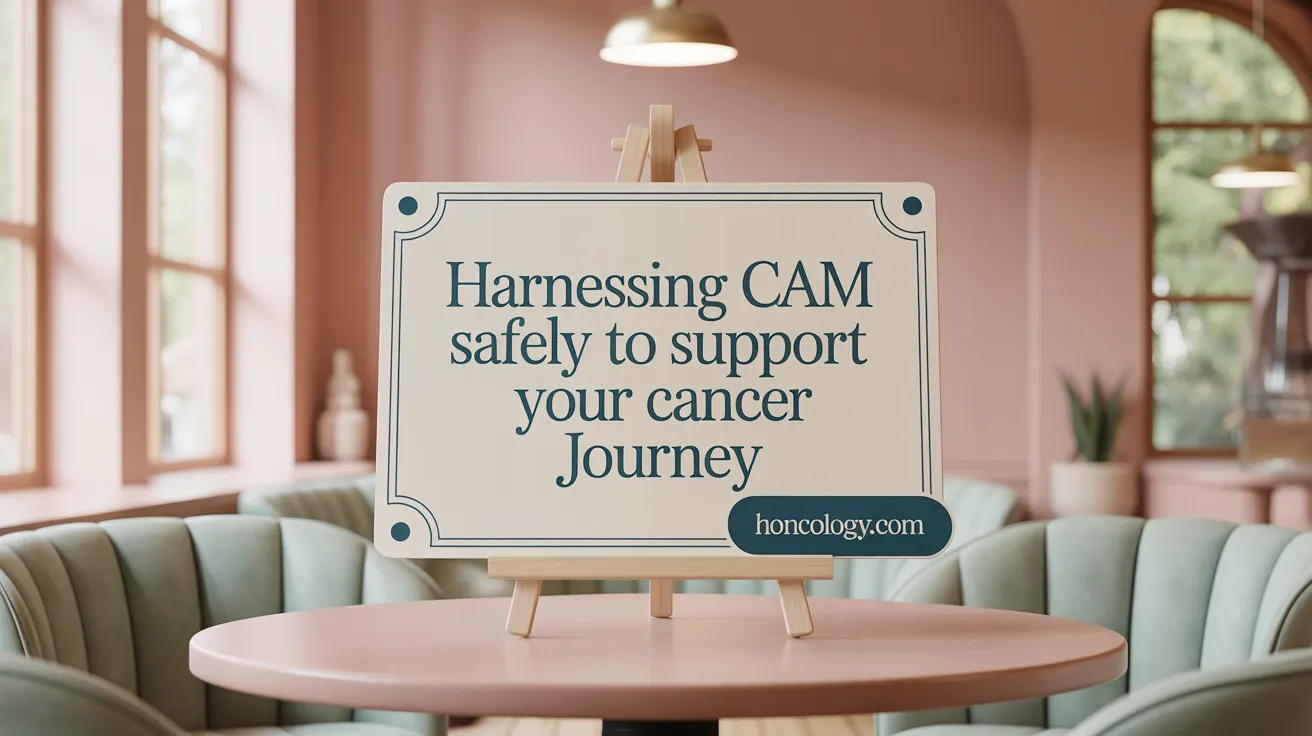
Types of CAM used in cancer care
Cancer patients often turn to Complementary and Alternative Medicine (CAM) in cancer care practices to help manage treatment side effects, reduce stress, and gain a sense of control. Common CAM approaches include acupuncture, massage, tai chi, meditation, and drinking green tea. Integrative medicine combines these therapies with standard medical treatments, focusing on mental, physical, and spiritual wellbeing.
Importance of communication about CAM use
Open dialogue between patients and healthcare providers about CAM use is essential. Patients should inform their doctors about any supplements or therapies they are using to avoid harmful interactions. Clear communication ensures that CAM supplements and treatments are safely incorporated into the overall care plan without compromising conventional therapy.
Safety and coordination with conventional treatment
While some CAM therapies like acupuncture and yoga are generally safe and can support wellbeing, others might interact negatively with cancer treatments or cause toxicity. Since herbal supplements and dietary products are not FDA-approved for safety, patients must consult their oncology care team before use. Qualified CAM practitioners should coordinate with medical professionals to align their approaches and ensure patient safety throughout the cancer treatment journey.
Advances in Personalized and Precision Oncology

What Is Personalized Medicine in Oncology?
Personalized medicine in cancer care tailors treatments based on each patient's unique genetic, biochemical, and lifestyle factors. This approach improves tumor response and minimizes side effects, leading to better patient outcomes. Unlike traditional one-size-fits-all treatments, personalized medicine uses detailed genetic profiles to select therapies that best target an individual's cancer (Personalized medicine for cancer).
How Have Targeted Therapies and Immunotherapies Transformed Treatment?
Targeted therapies exploit tumor-specific receptors such as folic acid or transferrin receptors, allowing drugs to precisely attack cancer cells and reduce harm to normal tissues. Immunotherapies, including immune checkpoint inhibitors, CAR T-cell therapies, and other novel immune-based treatments, stimulate the immune system to fight cancer more effectively. These innovative treatments have revolutionized outcomes, especially for hematological malignancies and some solid tumors (targeted cancer treatments).
What Emerging Techniques Are Shaping Precision Oncology?
- Artificial Intelligence (AI): AI models analyze medical images and genetic data to predict cancer risk and identify treatment biomarkers, even in rare cancers. This enhances early detection and precise treatment planning (Artificial intelligence in cancer research).
- Liquid Biopsies: Non-invasive blood tests detect circulating tumor DNA, circulating tumor cells, and exosomes, allowing early diagnosis, monitoring, and prognosis without invasive procedures (Liquid biopsies detecting circulating tumor DNA).
- Nanomedicine and Gene Therapy: Nanoparticles improve drug delivery precision, while gene-editing technologies like CRISPR show promise in targeting tumor-specific genes (Nanomedicine in cancer therapy, targeted cancer treatments.
These advances, fueled by technology and molecular science, enable more precise, less toxic, and highly effective cancer treatments, marking a new era in oncology care.
Coordinating Multi-Disciplinary Cancer Care Teams

What are the challenges in coordinating care across multiple providers?
Cancer treatment often involves over ten healthcare providers spanning oncologists, surgeons, radiologists, nurses, and supportive staff. Coordination difficulties arise due to fragmented records, inconsistent communication, and disjointed care pathways. These challenges can lead to medication errors, redundant tests, treatment delays, and increased psychological distress for patients. For more detailed strategies on Effective cancer care coordination and Care coordination in oncology, see these resources.
How can patients be empowered to maintain health records and communicate effectively?
Patients frequently take on the role of coordinating their own care due to system complexities. Providing patients with personal health records—either electronic or paper-based—enables them to track appointments, medications, test results, and follow-up plans. Effective communication is encouraged by preparing questions before visits, clarifying information during consultations, and actively participating in care decisions. Assertiveness in expressing concerns and preferences fosters shared decision-making and enhances treatment outcomes. Learn more about patient engagement in cancer care and communication between physicians and cancer patients.
Why is supportive care and psychological resource availability important?
Beyond clinical care, psychological and emotional support plays a pivotal role in cancer treatment. Access to support groups, peer mentoring, and self-management programs helps patients cope with anxiety and depression. Emotional well-being is also strengthened through family and community resources, improving overall engagement and quality of life. Integrating psychosocial services within care models supports holistic cancer care and reduces feelings of isolation among patients. Additional insights can be found at emotional support in cancer care and compassionate cancer care.
Reducing Unplanned Acute Care Through Proactive Measures

Identification of High-Risk Patients
Proactively identifying cancer patients at high risk for emergency visits or hospitalizations is crucial. Strategies involve risk stratification and predictive analytics to spot patients prone to complications early. This allows providers to target interventions and monitor symptoms before conditions worsen.
Care Coordination and Patient Navigation
Enhancing access and coordination through efficient communication channels and patient navigator programs helps manage patient care seamlessly. Navigators guide patients through treatment paths, appointments, and symptom management, reducing unplanned acute care visits caused by miscommunication or delayed responses.
Early Palliative Care and Specialized Urgent Care Clinics
Integrating early palliative care improves patients' quality of life, reduces unnecessary hospital admissions, and supports symptom management effectively. Establishing dedicated urgent cancer care clinics or embedded oncology providers offers timely intervention for acute symptoms, preventing emergency department overcrowding and hospitalizations.
Together, these measures optimize cancer care delivery by addressing risks upfront, improving symptom control, and providing tailored urgent services, ultimately lowering healthcare costs and enhancing patient outcomes.
Leveraging Technology and Artificial Intelligence in Patient Care
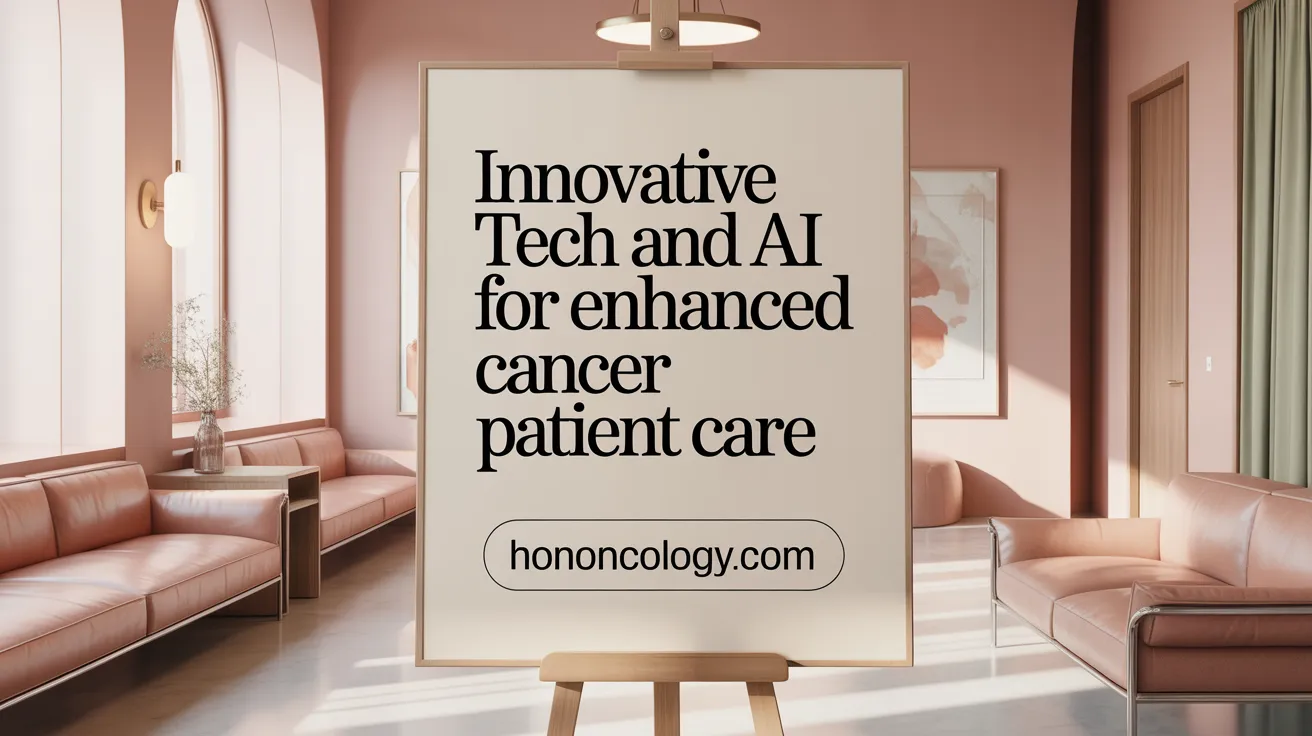
How is AI being used for symptom detection and imaging biomarkers in cancer care?
Artificial intelligence (AI) is transforming cancer care by enhancing detection and management of symptoms and disease markers. Large language models (LLMs), a type of AI, have improved identification of immune-related adverse events (irAEs) caused by cancer therapies, detecting these side effects faster and with greater sensitivity than traditional methods. Moreover, AI foundation models trained on thousands of CT images can accurately classify tumor lesions by anatomical sites and predict malignancy and prognosis, supporting early and precise treatment planning (Artificial intelligence in cancer research.
How are electronic health records integrated with AI and digital tools?
AI tools are designed to review electronic health records (EHRs) efficiently, enabling scalable symptom tracking and risk prediction. Integration of AI-driven symptom detection with EHRs allows clinicians to monitor patient-reported data in real time, facilitating personalized care and targeted interventions. This integration also supports clinical decision-making by informing prediction models that anticipate recovery paths and adverse events, thus enhancing symptom management protocols (Improving Cancer Care Through Patient Experience.
What digital tools enhance patient engagement and communication?
Digital communication platforms, including patient portals and online scheduling, improve ongoing patient engagement by maintaining effortless two-way communication. AI systems can respond to patient inquiries about symptoms with high accuracy, reducing the communication burden on clinicians. Additionally, electronic patient-reported outcomes (ePRO) collection systems allow patients to regularly report symptoms and quality of life measures remotely, which helps tailor treatment and strengthen patient-provider dialogue (Patient engagement in cancer care, Improving Cancer Care Through Patient Experience.
By combining these technological advances, cancer care programs can better manage treatment side effects, improve patient experiences, and support clinical teams with enhanced data and communication tools (Building the optimal patient experience).
Quality Improvement and Certification to Enhance Patient Experience

Role of ASCO Certified Standards
The ASCO Certified Oncology Practices program recognizes outpatient oncology groups and health systems that meet comprehensive standards for patient-centered cancer care. Updated most recently in July 2025, these standards cover seven domains including patient engagement, access to care, evidence-based medicine, team-based care, and quality improvement. Achieving ASCO Certification Benefits signals a commitment to high-quality, value-based care and allows practices to be recognized as Preferred Quality Providers by payers and stakeholders. This facilitates a culture of ongoing self-assessment and elevates overall care quality.
Use of Patient-Reported Experience Measures (PREMs)
Patient-Reported Experience Measures (PREMs) are tools that capture patients' perspectives on their healthcare experiences, focusing on elements such as communication, emotional support, respect, and care coordination. Widely used tools include HCAHPS and the National Cancer Patient Experience Survey. While many PREMs are generic, there is growing recognition of the need for cancer-specific validated tools to better reflect the unique patient journey. Incorporating PREMs into routine practice supports the identification of service gaps and fosters more patient-centered improvements.
Continuous Improvement through Feedback and Benchmarking
Utilizing PREMs and ASCO Certification together allows oncology practices to track their performance over time through benchmarking and quality initiatives. Routine collection and aggregation of patient feedback provide actionable insights for improving symptom management, communication, and care coordination. Continuous quality improvement efforts based on standardized patient experience data empower teams to implement targeted interventions, enhance satisfaction, and ultimately improve clinical outcomes and patient well-being. See more about Quality Improvement in Cancer Care and Strategies for Meeting Patient Expectations and Improving Patient Experience in Cancer Care.
Conclusion: The Path Forward for Patient-Centered Cancer Care
Enhancing Patient Experience through Integrated Strategies
Improving the cancer patient experience requires a multifaceted approach focusing on communication, symptom management, and patient engagement. Key strategies include systematic use of patient-reported outcomes (PROs) to track symptoms and quality of life, personalized treatment planning that respects patient preferences, and improved care coordination to reduce fragmentation. Support services such as patient navigation, psychosocial counseling, and nutritional guidance are vital components.
Embracing Holistic and Coordinated Care
Patient-centered cancer care thrives when physical, emotional, social, and spiritual needs are addressed collectively. Active patient involvement, clear and compassionate communication, and tailored education enhance understanding and treatment adherence. Coordinated teamwork among oncologists, nurses, support staff, and community resources reduce stress and improve clinical outcomes.
Commitment and Future Directions
Sustained progress depends on healthcare systems, providers, patients, and policymakers collaborating to embed patient-centered principles into routine practice. Investments in technology that streamline PRO collection, expanded access to clinical trials, and innovative care delivery models like telehealth are essential. Ongoing research to refine patient experience measurement tools will drive quality improvements. Ultimately, an unwavering commitment to treating the whole person—not just the disease—will shape the future of cancer care.





.png)


.png)
.png)


